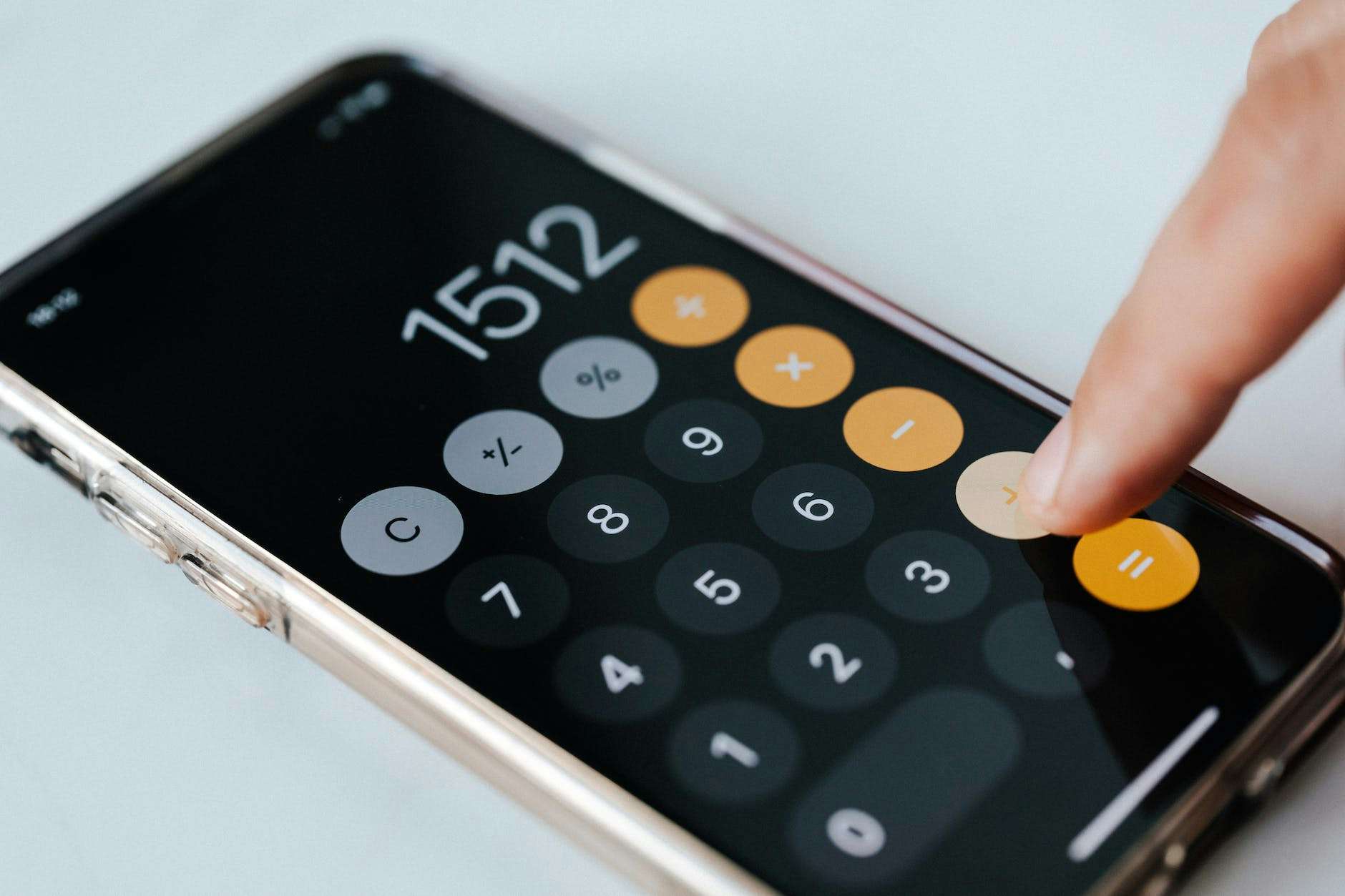
When buying a Jet Card, deicing can run as high as $10,000 per incidence - some programs include it while others don't.
March 4, 2018
If you want a program-by-program comparison of more than 500 products from over 80 companies, covering 65 points of differentiation and over 40,000 data points, we have organized it all into a single, easy-to-use and compare spreadsheet.
